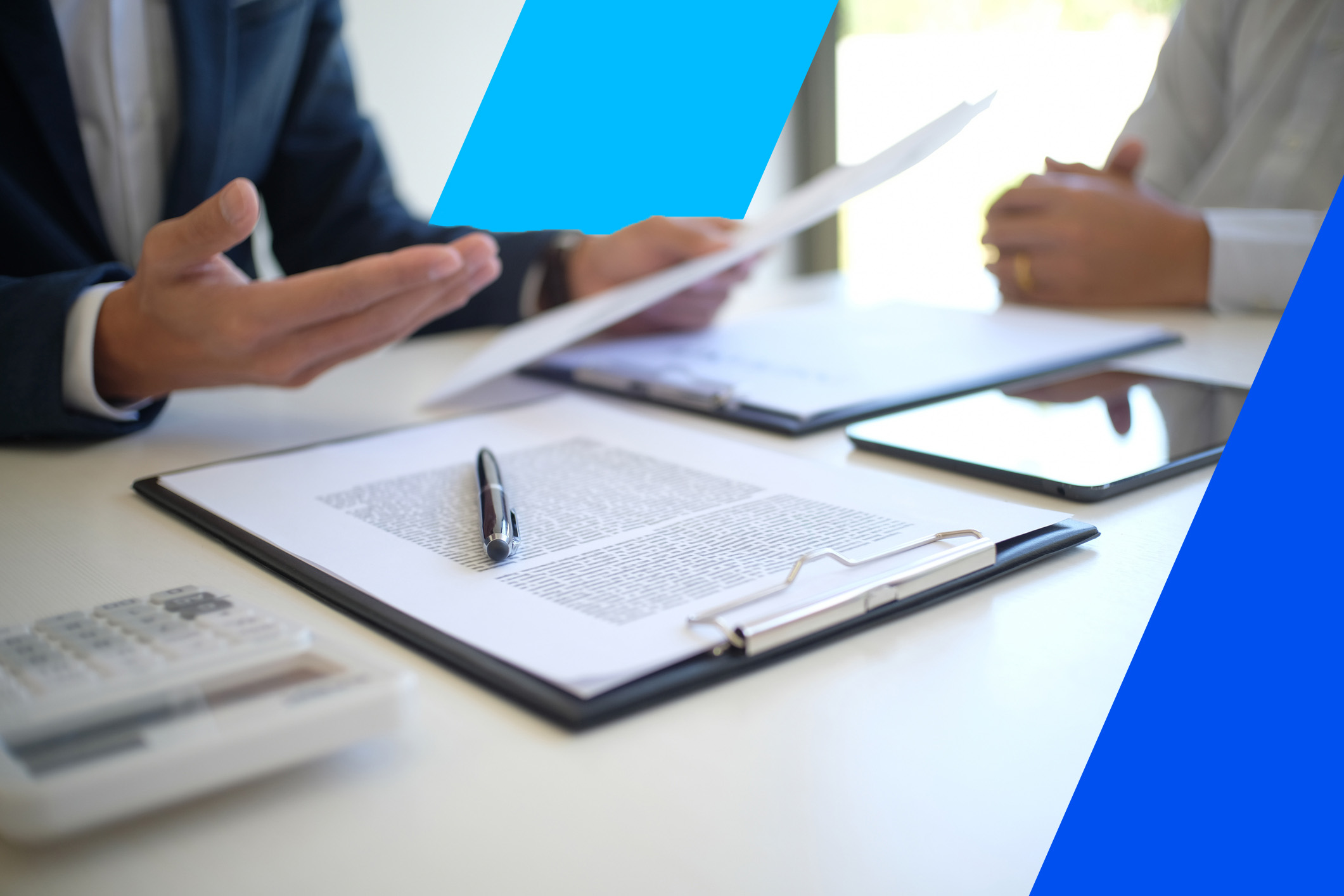
Sustainability. Green Design. LEED Certification. These are terms that design firms are becoming very familiar with and that significantly impact their present and future design practice. Clients in both the public and private sectors are becoming more environmentally conscious and eco-friendly with their projects and green design continues to grow and grow.
Why the growth? There are three major factors green design is going strong:
1. Owners demand it:
They are realizing financial and other benefits of building environmentally-friendly and energy-efficient projects.
Solar energy systems are now a feasible option for virtually any project. Wind turbines are popping up on residential and commercial buildings. Owners are being rewarded for lessening their carbon footprint.
2. Regulations demand it:
Cities, counties, states, provinces and other government bodies are requiring that designers and builders follow an ever-growing list of green codes, laws and regulations.
The development of the International Green Construction Code (IgCC) brings continuity to this effort. Some foreign countries have adapted their own uniform green design requirements that must be followed if you are to perform design services within their borders.
3. The design industry demands it:
The AIA, ACEC, NSPE, ASCE, RAIC and other design organizations in the U.S. and Canada are establishing ground rules for practicing green design and setting benchmarks for sustainability.
They are helping create and support accreditation and certification programs such as Leadership in Energy and Environmental Design (LEED) as well as groups such as the U.S. Green Building Council (USGBC).
In a nutshell, the design industry is encouraging its members to adopt and follow uniform principles for being environmentally responsible with their designs.
Find out more:
Download our free guidebook “Green Design: It’s a Go” to learn more about sustainability in design projects:


